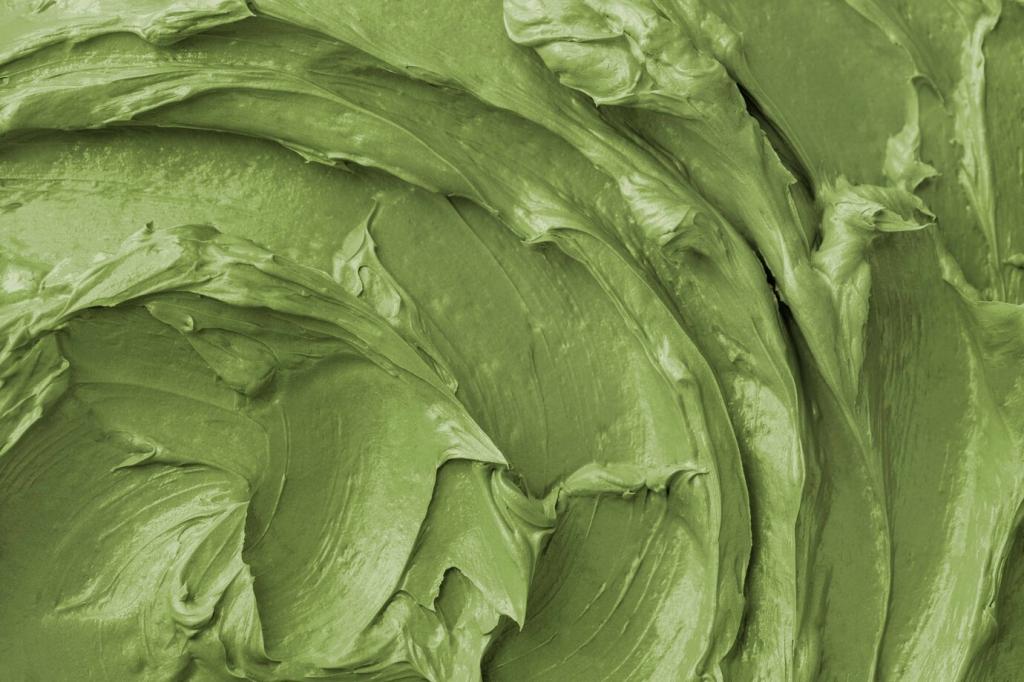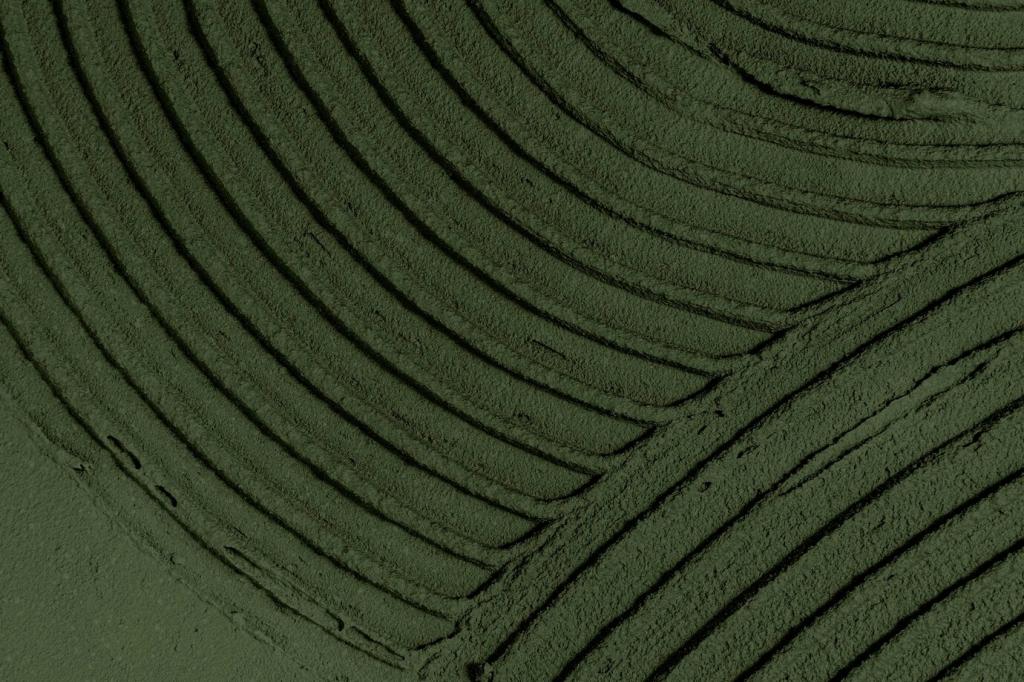
The Benefits of Green Flooring Options
Choosing green flooring options is more than just a design choice—it’s a commitment to environmental responsibility and improved quality of life. As concerns about sustainability and health grow, homeowners and businesses are increasingly seeking out eco-friendly alternatives that make a real difference. Green flooring doesn’t just contribute to planet preservation; it can also enhance indoor comfort, promote wellness, and reduce long-term costs. In the following sections, discover how sustainable flooring options balance eco-consciousness with style, performance, and value, making them a superior choice in today’s world.
Healthier Indoor Air Quality
01
Low VOC emissions are a hallmark of most green flooring materials. Products like natural linoleum, bamboo, or cork are manufactured using non-toxic adhesives, finishes, and components, which means they release fewer harmful chemicals over time. This significant reduction in airborne pollutants is especially important for sensitive groups such as children, seniors, or those with respiratory issues. Ultimately, choosing these options ensures the air in your home stays as clean as possible, supporting a healthier lifestyle while still providing durability and beauty underfoot.
02
Many eco-friendly floors offer natural resistance to allergens. Materials such as cork or hardwood are inhospitable to mold, mildew, dust mites, and other common triggers. Unlike carpeting, which can trap dust and dander, these green options stay cleaner and maintain a healthier living environment. This translates to fewer allergy symptoms, lower cleaning effort, and a more comfortable space for anyone concerned about indoor air quality—even seasonal allergy sufferers can notice a dramatic improvement.
03
Proper moisture management is another advantage of eco-friendly flooring. Options like sealed bamboo or responsibly harvested hardwoods are designed to resist warping, swelling, and other issues caused by humidity. Not only does this help maintain the integrity and appearance of your floors, but it also discourages the growth of mold and bacteria that can thrive in damp environments. For homeowners in humid or flood-prone areas, green flooring can offer long-term peace of mind, better hygiene, and an elevated standard of health indoors.
Reduced Environmental Impact
Green flooring is often crafted from rapidly renewable resources such as bamboo, cork, or reclaimed wood. These materials regenerate quickly compared to conventional hardwoods, meaning less pressure on forests and ecosystems. Makers of green flooring also source materials responsibly, ensuring minimal habitat disruption and biodiversity loss. By choosing these products, you directly support responsible land management and contribute to the conservation of forests worldwide.

Long-Term Durability and Value
Many eco-friendly floors are engineered for longevity, using high-quality materials and protective finishes that withstand years of regular use. Bamboo, for instance, is renowned for its hardness and resilience, rivaling or even surpassing traditional hardwoods in strength. Cork is naturally elastic, bouncing back from scuffs and dents, maintaining its appearance in high-traffic areas. This exceptional durability means you won’t need to replace your flooring as often, reducing the resources spent on new products and supporting a more sustainable future.

